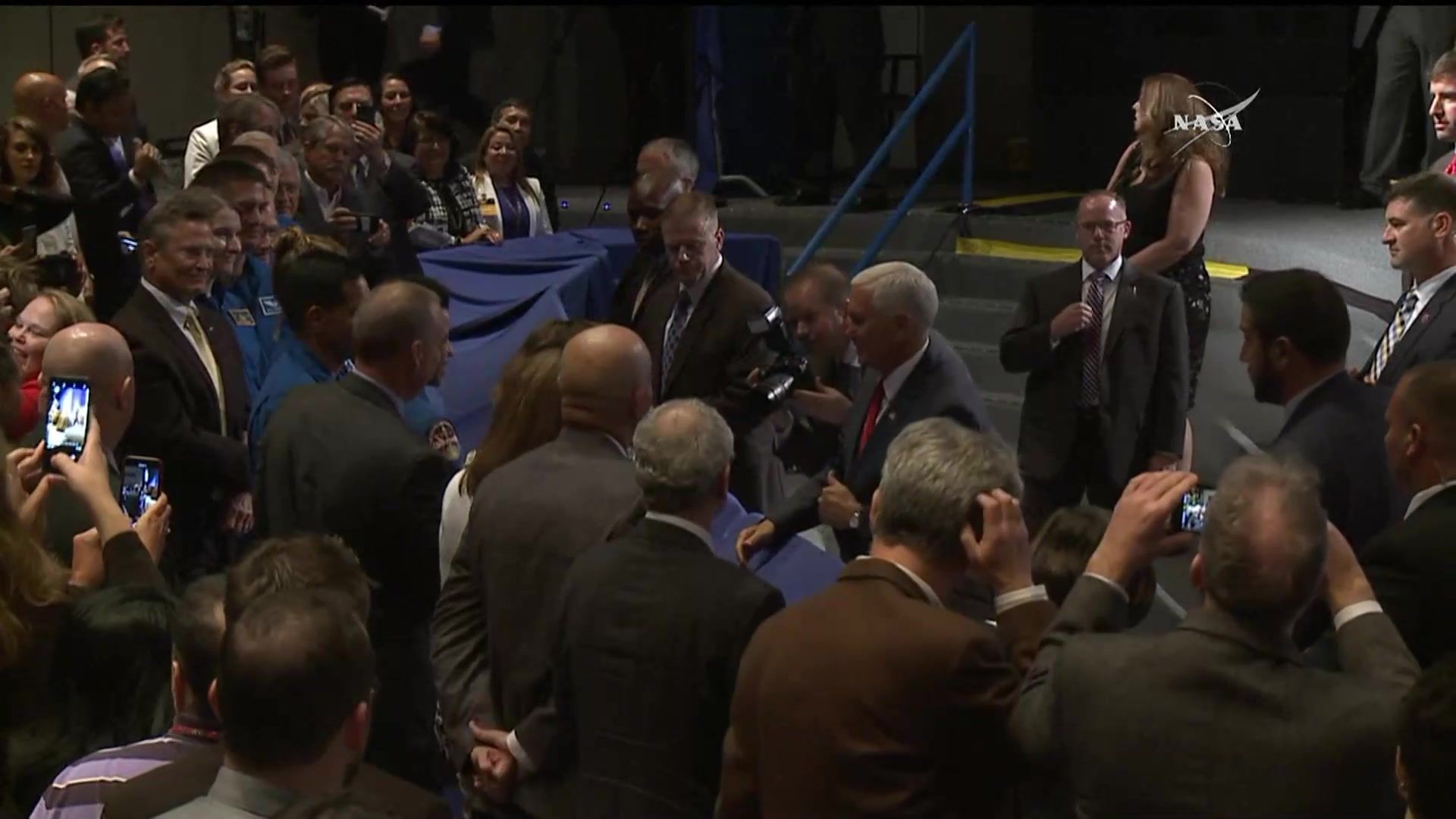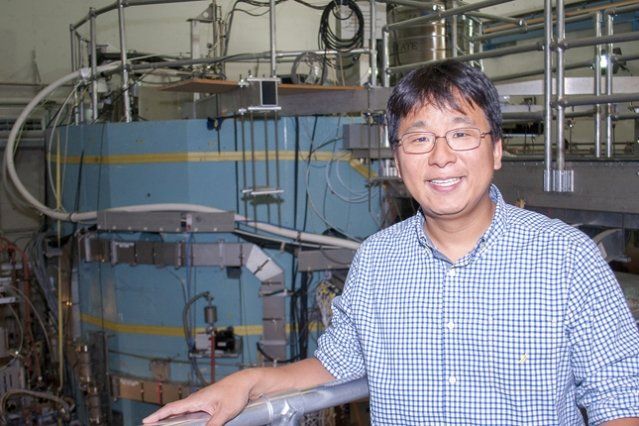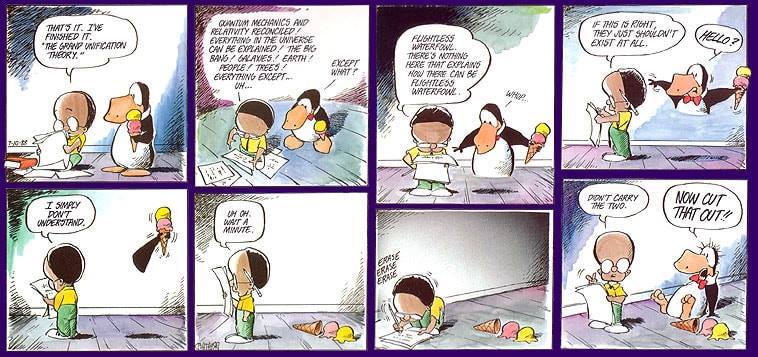Page 9561
Aug 24, 2018
NASA Launching Advanced Laser to Measure Earth’s Changing Ice
Posted by Michael Lance in category: space

Preparations are underway to launch into space the most advanced laser instrument of its kind next month. It will begin a mission to measure – in unprecedented detail – changes in the heights of Earth’s polar ice. Learn more about NASA ICE’s #ICESat2: https://go.nasa.gov/2wfA7T2
Aug 24, 2018
Pushing the plasma density limit
Posted by Bill Kemp in categories: nuclear energy, particle physics
For decades, researchers have been exploring ways to replicate on Earth the physical process of fusion that occurs naturally in the sun and other stars. Confined by its own strong gravitational field, the sun’s burning plasma is a sphere of fusing particles, producing the heat and light that makes life possible on earth. But the path to a creating a commercially viable fusion reactor, which would provide the world with a virtually endless source of clean energy, is filled with challenges.
Researchers have focused on the tokamak, a device that heats and confines turbulent plasma fuel in a donut-shaped chamber long enough to create fusion. Because plasma responds to magnetic fields, the torus is wrapped in magnets, which guide the fusing plasma particles around the toroidal chamber and away from the walls. Tokamaks have been able to sustain these reactions only in short pulses. To be a practical source of energy, they will need to operate in a steady state, around the clock.
Researchers at MIT’s Plasma Science and Fusion Center (PSFC) have now demonstrated how microwaves can be used to overcome barriers to steady-state tokamak operation. In experiments performed on MIT’s Alcator C-Mod tokamak before it ended operation in September 2016, research scientist Seung Gyou Baek and his colleagues studied a method of driving current to heat the plasma called Lower Hybrid Current Drive (LHCD). The technique generates plasma current by launching microwaves into the tokamak, pushing the electrons in one direction—a prerequisite for steady-state operation.
Aug 24, 2018
Turning agriculture waste into new industries
Posted by Bill Kemp in categories: food, government
Increasing the value of agriculture waste and turning it into new products will be the outcome of a new $10.9 million research consortium led by the University of Adelaide.
The research consortium – Agricultural Product Development – has been granted $4 million over four years by the State Government through its Research Consortia Program. The University of Adelaide is contributing $2.3 million (cash and in-kind) with the remaining support coming from a range of partners.
The consortium will bring together a total of 18 partners to develop high-value products from agricultural waste: nine South Australian-based companies from the agriculture and food sector, and another nine national and international academic institutions and industry partners.
Aug 24, 2018
Scientists deliver a longer-lasting lithium-oxygen battery
Posted by Bill Kemp in categories: mobile phones, sustainability, transportation
Packing more energy into batteries is the key to delivering electric cars with longer range, smartphones that can last days—and cheaper electronic products all around.
The promise: Lithium-oxygen batteries represent one of the more promising paths toward that end. They could boost energy density by an order of magnitude above conventional lithium-ion batteries—in theory, at least. In a paper published today in Science, researchers at the University of Waterloo identified ways of addressing some of the major hurdles to converting that potential into commercial reality.
The challenge: A critical problem has been that as a lithium-oxygen battery discharges, oxygen is converted into superoxide and then lithium peroxide, reactive compounds that corrode the battery’s components over time. That, in turn, limits its recharging ability—and any real-world utility.
Continue reading “Scientists deliver a longer-lasting lithium-oxygen battery” »
Aug 24, 2018
A Chance Encounter in a Graveyard – Part 3
Posted by Steve Hill in category: life extension
The following is the third and last part of a short fictional story about a man realizing for the first time his deep desire to avoid aging and death. We published the first and second parts of the story on the last two Fridays, so check them out if you missed them.
Right after you wake up, there is a brief moment when you don’t yet know how you feel. That Sunday morning, that moment was even shorter than usual. The same anxiety as the previous night assailed me even before I could get out of bed.
The clock on the shelf said it was 11:30. I had slept almost 12 hours straight, but I wasn’t rested at all. Tired and depressed, I got up with difficulty, with a constant feeling of imminent catastrophe. I cast a glance out the window, and I noticed that the sky was clear and bright again. Upon closer inspection, I noticed the streets too were perfectly dry, as if it hadn’t rained for days. Indeed, the sun seemed to be very hot.
Aug 24, 2018
The Coming Revolution In Software Development
Posted by Genevieve Klien in category: robotics/AI
Aug 24, 2018
Forget “Manned” Missions–Females May Be More Mentally Resilient in Deep Space
Posted by Genevieve Klien in categories: neuroscience, space
A controversial new study in lab mice hints at sex-based differences in cosmic ray–induced cognitive decline.
- By John Wenz on August 24, 2018

















